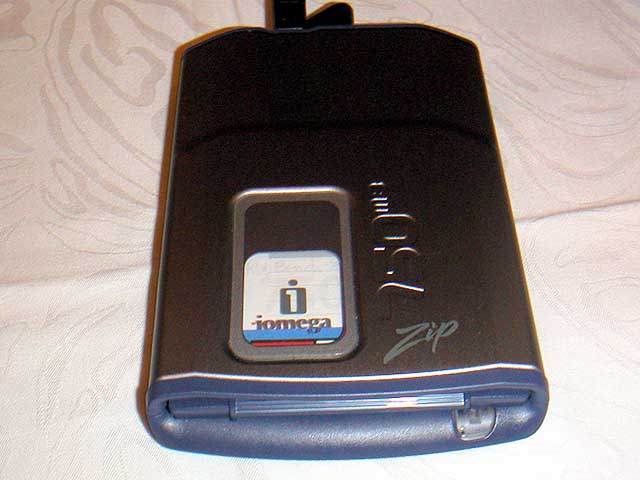

- #Iomega usb zip 100 drivers for mac osx manual
- #Iomega usb zip 100 drivers for mac osx Pc
- #Iomega usb zip 100 drivers for mac osx plus
#Iomega usb zip 100 drivers for mac osx plus
On the plus side, this would mean that services load at the right time, (ie, in the correct order) and only if the device that requires that service is present. *IF* I understand it correctly, the goal of Upstart is to effectively combine init + udev, and throw in a dependency system for good measure. Looks intriguing, but I’m just wondering if it’s evolution or revolution? Prior to that I thought it was just an attempt at another initNG.

The article helped, certainly more info than I’ve come across before. I’m just trying to figure out how it meshes with current state of your average mainstream distro framework.
#Iomega usb zip 100 drivers for mac osx manual
Shaving a few seconds is nice and all, but can there really be an impact without somehow multiplying disk throughput that you couldn’t otherwise achieve by judiciously selecting your startup services?ĭon’t get me wrong, I’m not knocking Upstart, I don’t really know enough about it to have an opinion one way or the other, and even if it only simplifies things for users without resorting to manual tweaking etc. Is Upstart a collection of existing technologies to build a common framework, or is it something that’s supposed to replace the existing combination of services?įrom a booting process, does Upstart do anything that different than an experienced user would do with tweaking their setup/startup services? It seems to me that no matter how you try and adjust the bootup process, parallel processes etc., the bottleneck is an always will be the hdd transfer rate. and make automated configuration changes on the fly based on the available information. NM is made “aware” of network events, the availability of an interface, the availability of prefered wireless networks, etc. Is this any different from some of the “transparent” things that are going on with HAL / DBUS etc.? I’m thinking as an example, networkmanager. It will be in the next release that we really begin to see the potential of the upstart boot process. But there was only a 5 second difference between sys5init and upstart.īut that is to be expected, since upstart is still running the sys5 initscripts. The improvement over Dapper was dramatic in both cases.

However, it should be noted that knot3 did not have upstart, and I did look over a benchmark of boot times of knot3 with and without upstart. The lack of parallelism in our boot process… is embarassing. I’m fairly unimpressed by the dynamic device thing. Click the icon that pops up on your desktop and save or read a few files from it. You can unplug the old keyboard and mouse and toss them in the trash if you like. It does not have to be all that recent a version.Īfter it is up, plug in a usb mouse and a usb keyboard and start typing. Plug in a ps2 mouse and keyboard and boot an Ubuntu Live CD. The hardware manufacturers are dumping DB25 and DB9 ports for wonderful, hotpluggable USB and other similar interfaces, and its about time Linux did too.”””
#Iomega usb zip 100 drivers for mac osx Pc
“””The days of creating a static setup before you ever turn on the PC are over.


 0 kommentar(er)
0 kommentar(er)
